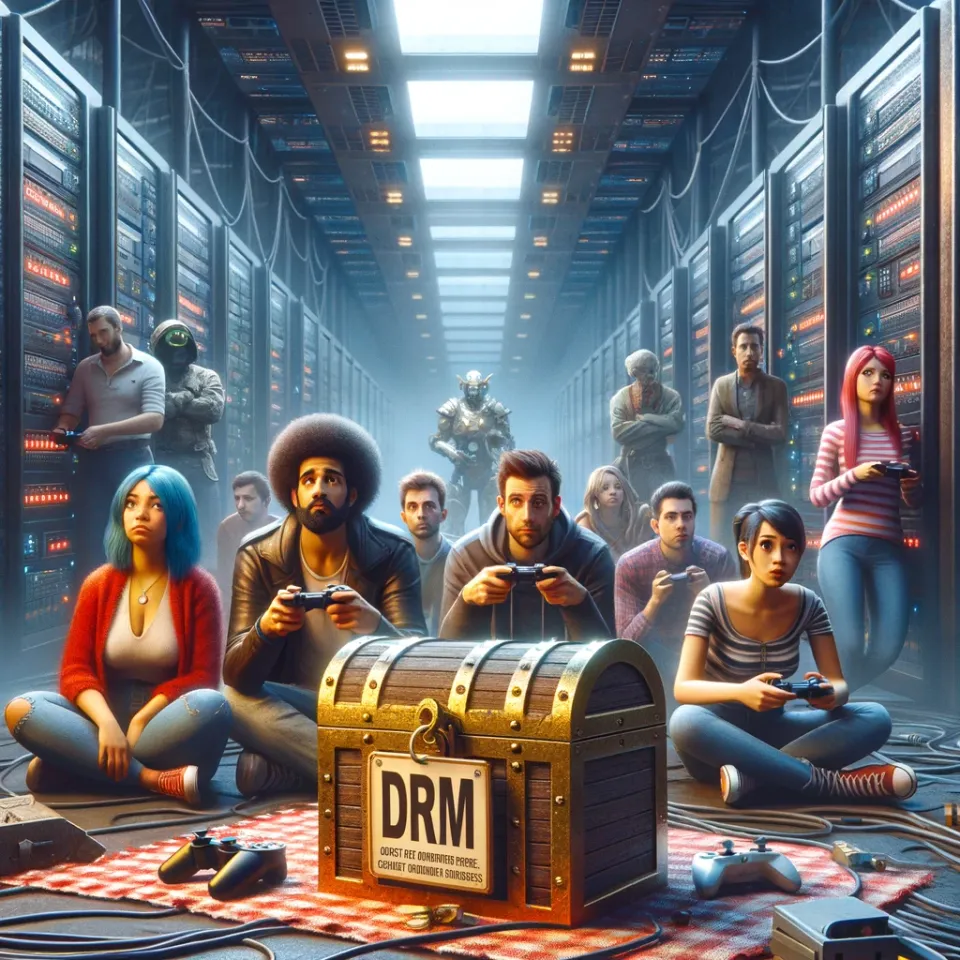YouTube Strengthens its Fight Against Ad Blockers to Support Creators and Promote YouTube Premium

Introduction
YouTube, the popular video-sharing platform owned by Google, is intensifying its efforts to combat ad blockers in an attempt to uphold its terms of service and support its network of diverse creators around the world. YouTube has launched a global initiative to encourage users to either whitelist the platform or consider subscribing to YouTube Premium. This article examines YouTube’s expanded efforts and its reasons behind cracking down on ad blockers.
Cracking Down on Ad Blockers: YouTube’s Global Effort
In a statement provided to The Verge, Christopher Lawton, YouTube’s communications manager, announced that the platform has launched a global initiative to address the issue of ad-blocking. Many users with ad blockers installed have recently reported being unable to watch YouTube videos. While this initiative started as a small experiment in June, it has now expanded significantly, affecting a larger number of users. YouTube’s aim is to raise awareness about its policy and encourage users to either whitelist the platform or consider subscribing to YouTube Premium.
Understanding the Impact of Ad Blockers
Ad blockers are software or browser extensions that prevent advertisements from being displayed on websites, including YouTube. While users install ad blockers to avoid intrusive and irrelevant ads, these tools have an adverse effect on the revenue stream that supports content creators. Without ad revenue, creators may struggle to continue producing high-quality content or monetize their channels effectively. By combating ad blockers, YouTube aims to sustain a diverse ecosystem of creators by ensuring their fair compensation.
YouTube’s Rationale: Preserving a Diverse Ecosystem
Lawton emphasizes that the use of ad blockers violates YouTube’s terms of service. He asserts that ads play a crucial role in supporting creators globally and allowing billions of users to access their favorite content. YouTube generates revenue primarily through advertisements, which are then shared with content creators. Advertisements enable creators to monetize their channels, fund their productions, and attract sponsors. By encouraging users to disable ad blockers or consider YouTube Premium, YouTube intends to protect the interests of creators and ensure a sustainable platform for creative expression.
Prompting Users to Allow Ads or Try YouTube Premium
When encountering an ad-blocked video, YouTube displays a notice stating that video playback is only allowed when YouTube is “allowlisted” (whitelist feature) or the ad blocker is disabled. Additionally, users are prompted to either allow ads or consider subscribing to YouTube Premium, which offers an ad-free viewing experience along with other exclusive perks. YouTube seeks to convince users that allowing ads or upgrading to YouTube Premium not only benefits creators but also enhances the overall user experience.
User Experiences with YouTube’s Ad-Blocking Policies
While YouTube’s initiative has received mixed responses, some users have reported a significant increase in ad-blocked videos. One Verge staff member claims that YouTube now blocks videos almost every time they encounter an ad-blocked video. However, YouTube maintains that its measures are essential to preserve a sustainable ecosystem for creators and ensure the availability of free content for viewers.
Conclusion
YouTube’s latest global initiative to crack down on ad blockers demonstrates the company’s commitment to supporting its network of creators and maintaining a diverse ecosystem. By encouraging users to whitelist the platform or consider subscribing to YouTube Premium, YouTube aims to educate users about the importance of ads in supporting content creators while enhancing the overall user experience. As YouTube expands its efforts, the battle against ad-blocking software will continue, ultimately striving to create a thriving environment for both creators and viewers on the platform.




